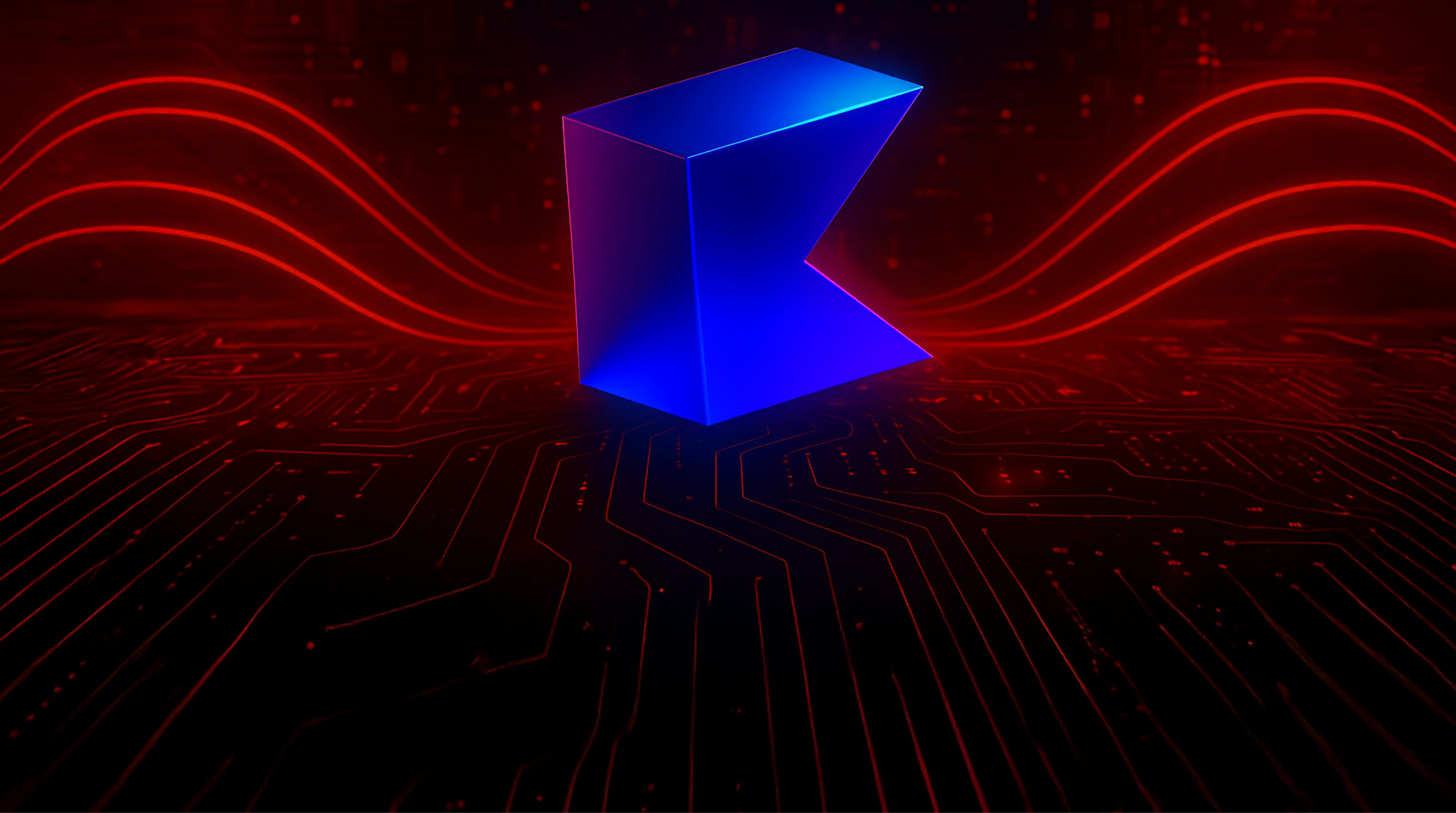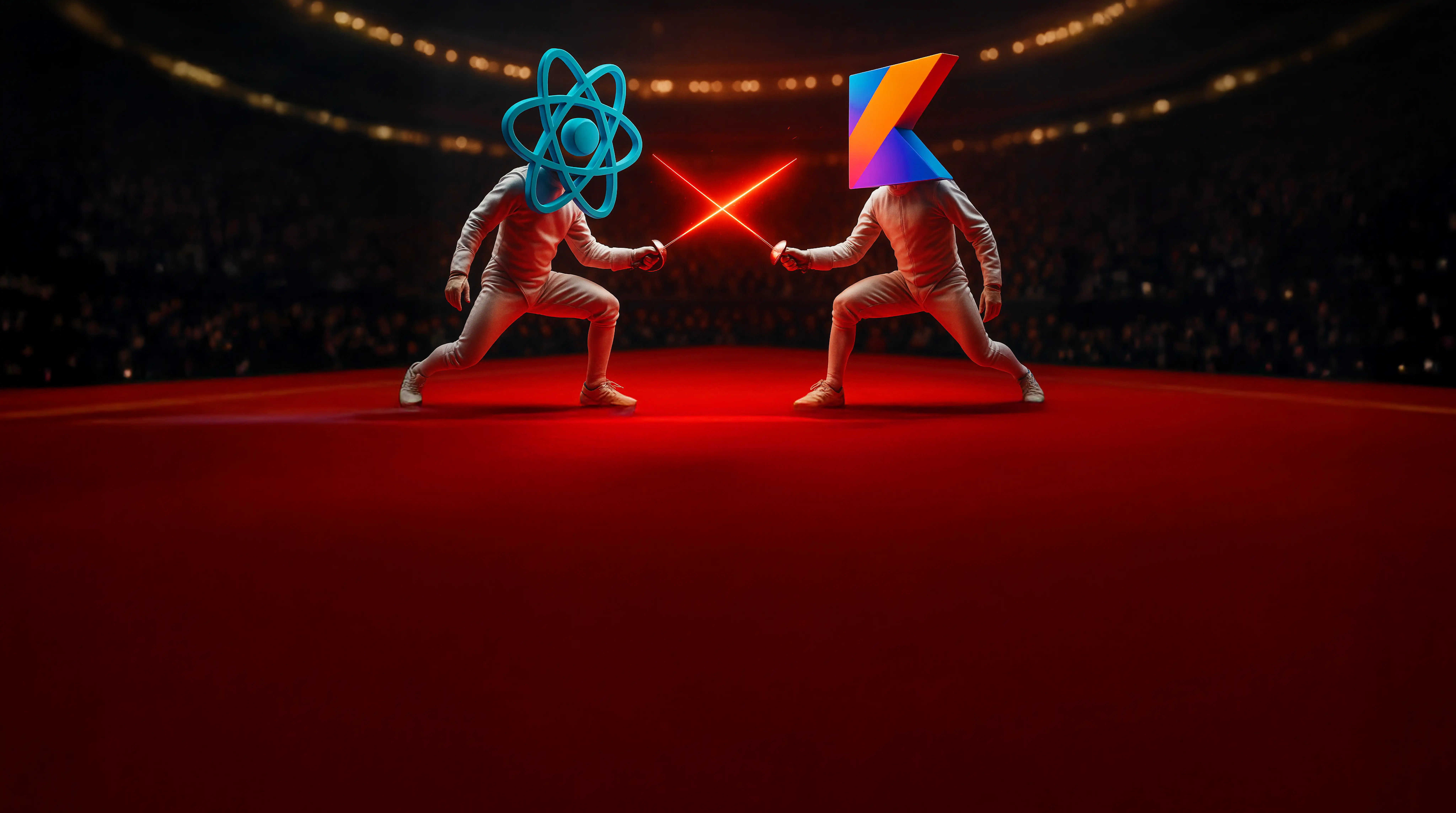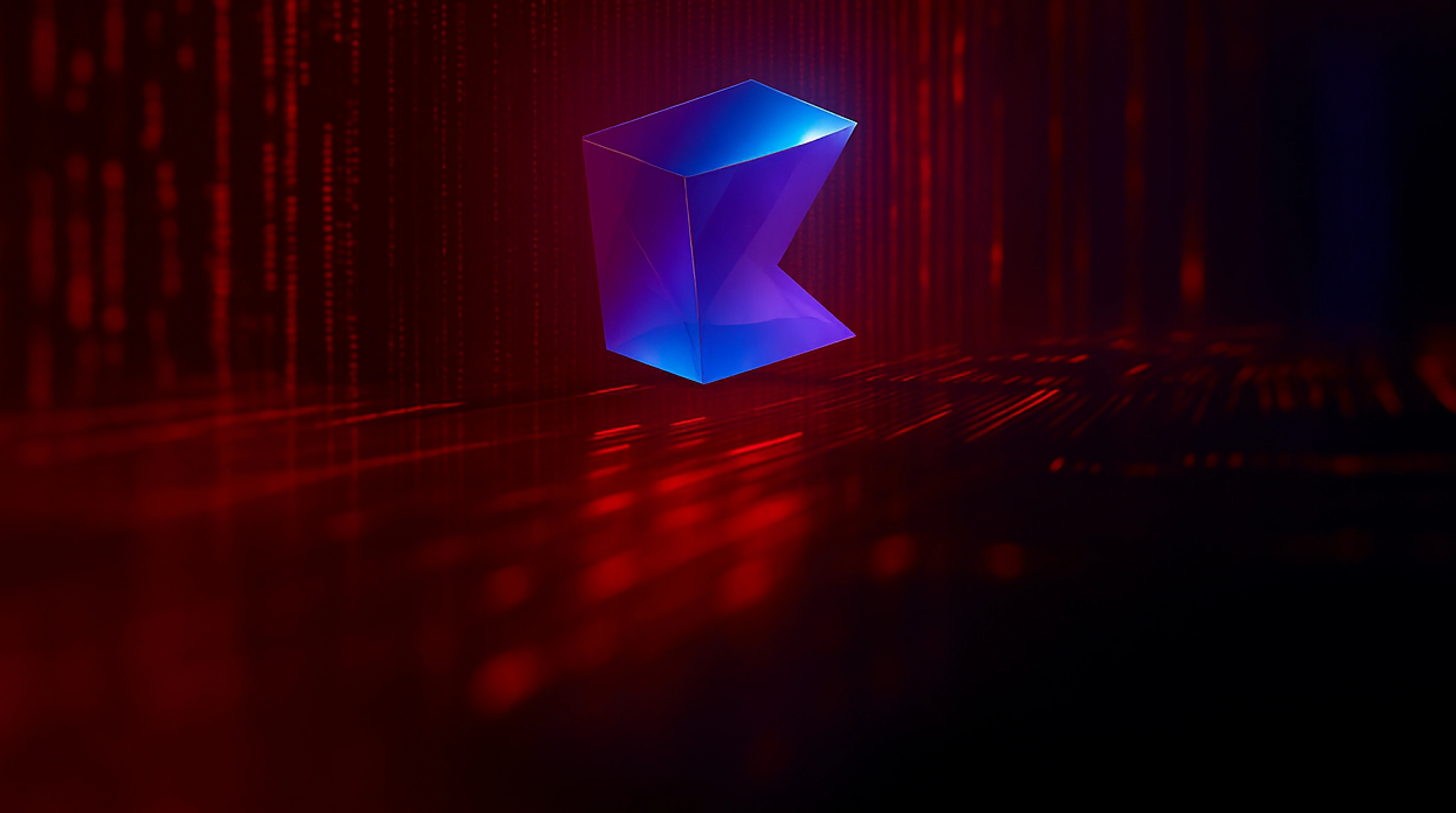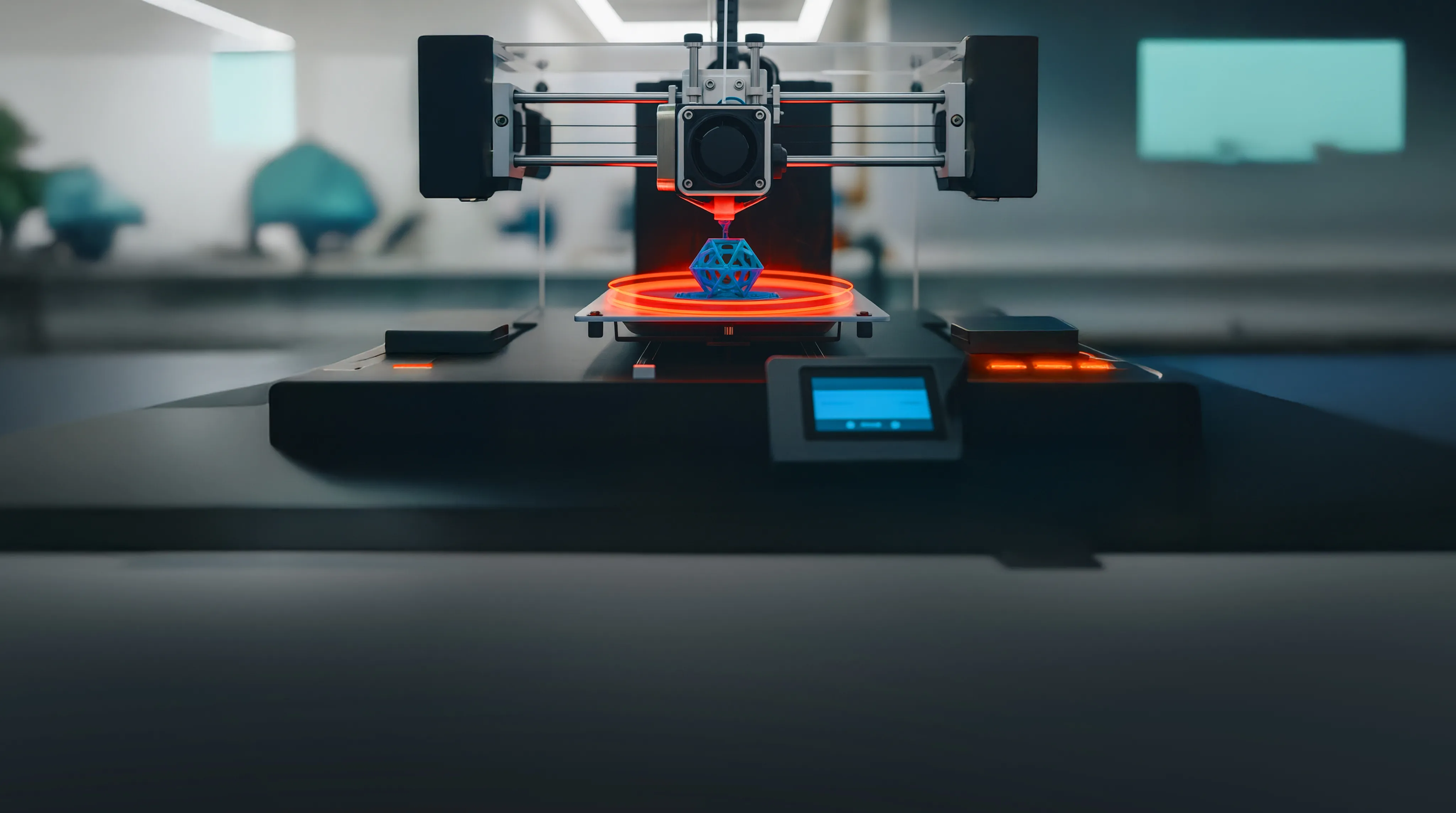Top 5 Computer Vision Technology set to rule 2021
December 30, 2020
As a field, computer vision has got a lot of exposure and a good amount of investment.
Computer vision, or the capability of artificially intelligent systems to “see” like people, has been a subject of expanding interest and thorough examination research in the recent decades. As a method of copying the human visual framework, the research in the field of computer vision intends to create machines which can automate tasks that require visual cognition. Notwithstanding, the way towards interpreting pictures, because of the fundamentally, more noteworthy amount of multidimensional information that needs analysis, is considerably more perplexing than understanding different types of binary information. This makes creating AI systems that can perceive visual information more complicated.
Keeping the growth prospects in mind, advances or amalgamation of computer vision with different technologies will dominate the year of 2021.
1. Integration with Edge Computing
Machines that connect with the internet and the cloud can gain from the information accumulated by the network overall and change as need be, optimizing the system’s performance. However, internet connection and the cloud isn’t generally an assurance. That is the place where edge computing comes in.
Edge computing tackles the issue of network accessibility and latency. Presently devices can be set in areas where a network connection is awful or nonexistent without it considering the consequences of the analysis. Moreover, edge computing can counterbalance some of the expenses of utilization and maintenance of cloud computing for data sharing.
For computer vision software, this implies a likelihood to respond better in real-time, and just move significant bits of knowledge to the cloud for further analysis. This component is particularly helpful for autonomous cars.
2. Emotion AI
Emotion AI utilizes computer vision technology to analyze facial appearances and eye developments in photographs and videos, with the point of reading a person’s emotional responses. A London-based emotion AI start-up records the facial expression of a sample crowd who watch a specific promotion through the camera of their PC or cell phone. Realeyes brought $12.4m of funding up in 2019 to help large brands, for example, AT&T, Mars, Hershey’s, and Coca-Cola, distinguish emotions from pictures of facial expressions prior to rating every promotion for attention, emotion, sentiment, etc. Apple additionally gained Emotient in 2016, and Facebook is building up its own products too.
3. Embedded Vision
Embedded vision incorporates image capturing and processing abilities to a single device. This computer vision innovation has discovered its way into numerous modern applications which incorporate arranging systems that demand inspection services. Moreover, providers have even integrated embedded vision into autonomous drones, smartphones and self-driving automobiles.
4. Mixed Reality: VR and AR upgraded
Today, any VR or AR framework establishes a vivid 3D environment, yet it has little to do with the real one the consumer is situated in. Most AR devices can perform basic outputs of the climate (Google ARCore can, for instance, recognize level surfaces and changes in light conditions), and VR frameworks can identify the developments of the customer through head tracking, controllers, and so on, however, their capacities stop there.
Computer vision programming is driving VR and AR into the next phase of advancement that some call Merged Reality (MR). It’s already in the market, however, 2021 will see more developments in this phase.
5. CV as a Service (CVaaS)
CVaaS is a sort of software-as-a-service hosted in the cloud. It permits organizations to lease as opposed to building a computer vision platform. Running computer vision in the cloud has carried innovation to new customers. The on-demand access to algorithms and APIs under a pay-as-you-go model, make the innovation both affordable and scalable.
In the years to come, CVaaS will turn into a vital piece of a business’ automation process. Additionally, computer vision models will progressively run at the edge, permitting them to be embedded in a more noteworthy number of devices.
Source: https://www.analyticsinsight.net/top-5-computer-vision-trends-that-will-rule-2021/


















